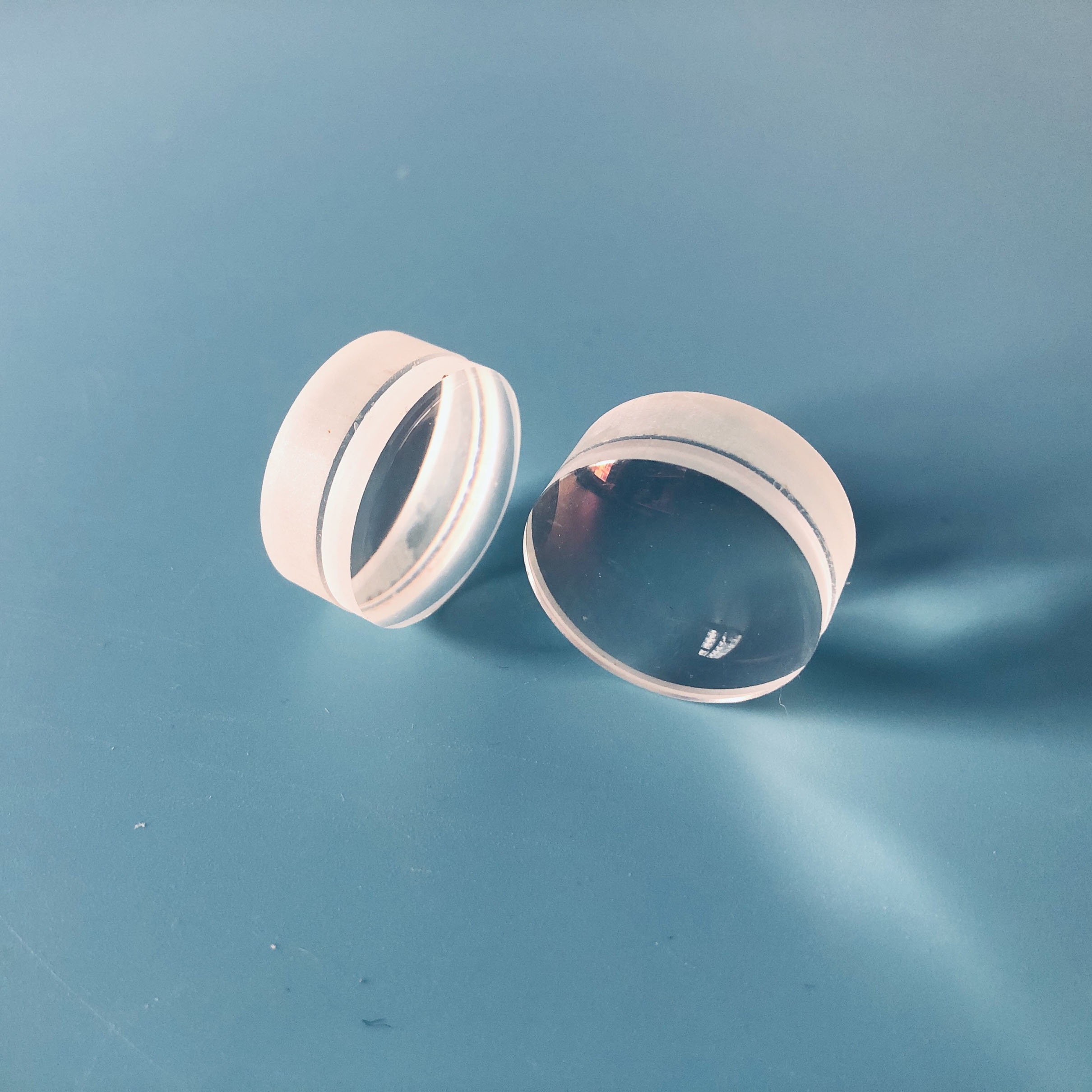ISO9001 Certified Professional Manufacturer & Supplier of Optics
+86-0431-87911611 admin@ytoptics.com
Contact us
-
 Email: admin@ytoptics.com
Email: admin@ytoptics.com
-
 Tel:86-0431-87911611
Tel:86-0431-87911611
-
 Add: 2# Automotive Innovation
Add: 2# Automotive Innovation
Jilin Province, China
Home > Products > Lenses > Doublet Lenses

N-LAK22 / N-SF6 Achromatic Lenses
N-LAK22(H-LaK10) nd:1.651130 vd:55.89 ρ(g/cm³):3.73 N-SF6(H-ZF7LA) nd:1.805180 vd:25.46 ρ(g/cm³):3.35
Share this:
| Relative Partial Dispersions | |||||||
| N-LAK22(H-LaK10) | N-SF6(H-ZF7LA) | ||||||
| Ps,t | 0.2718 | P's,t | 0.2693 | Ps,t | 0.2069 | P's,t | 0.2034 |
|
PC,s |
0.5302 |
P'C',s |
0.5730 |
PC,s |
0.4610 |
P'C',s |
0.4970 |
| Pd,C | 0.3028 | P'd,C' | 0.2524 |
Pd,C |
0.2868 |
P'd,C' |
0.2381 |
| Pe,d | 0.2384 |
P'e,d |
0.2362 |
Pe,d |
0.2356 |
P'e,d |
0.2316 |
| Pg,F | 0.5475 |
P'g,F' |
0.4858 |
Pg,F |
0.6151 |
P'g,F' |
0.5437 |
| Pi,h | 0.7792 |
P'i,h |
0.7721 |
Pi,h |
1.0713 |
P'i,h |
1.0530 |
| Abnormal Dispersions | |||||||
| N-LAK22(H-LaK10) | N-SF6(H-ZF7LA) | ||||||
| △PC,t | -0.0076 | △PC,s | -0.0037 | △PC,t | 0.0018 | △PC,s | -0.0009 |
| △PF,e | -0.0004 | △Pg,F | -0.0030 | △PF,e | 0.0020 | △Pg,F | 0.0127 |
What is the application of Achromatic Lenses?
1. Microscopes: a typical application of a good quality microscope objective is an achromatic lens, which provides a clear and no chromatic aberration image, which is essential for observing and studying the microscopic world.
2. Photographic lenses: in the field of photography, achromatic lenses are used to make high-performance photographic lenses. These lenses are capable of capturing photographs with accurate colour reproduction and rich details to meet the needs of professional photographers and photography enthusiasts.
3. Telescopes: in the field of astronomy and viewing, achromatic lenses are used to make objective lenses for telescopes. These lenses provide a clear and no chromatic aberration image of astronomical observations and help observers to capture details of distant stars.
What coatings does Yutai Optics offer ( for achromatic lenses) ?
1. VIS 0° (425-675nm)
2. VIS-NIR (400-1000nm)
3. MgF2 (400-700nm)
4. NIR (750-1550nm)
5. YAG-BBAR (500-1100nm)
Highly Recommended Optical Lenses from Yutai Optics:
Optical Triplet Lenses
Plano Concave (PCV) Lenses
UV Fused Silica Cylindrical Lens
CaF2 / Fused Silica / CaF2 Triplet Lenses

TALK TO US 86-0431-87911611
86-0431-87911611
Call us now!
 86-0431-87911611
86-0431-87911611Call us now!
ONLINE CHAT
 2433808388
2433808388

